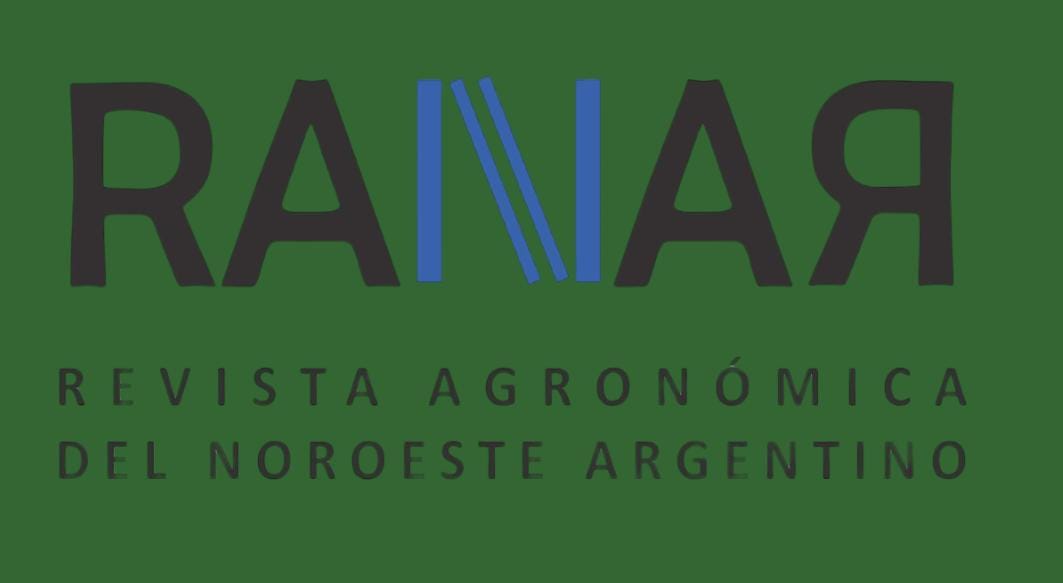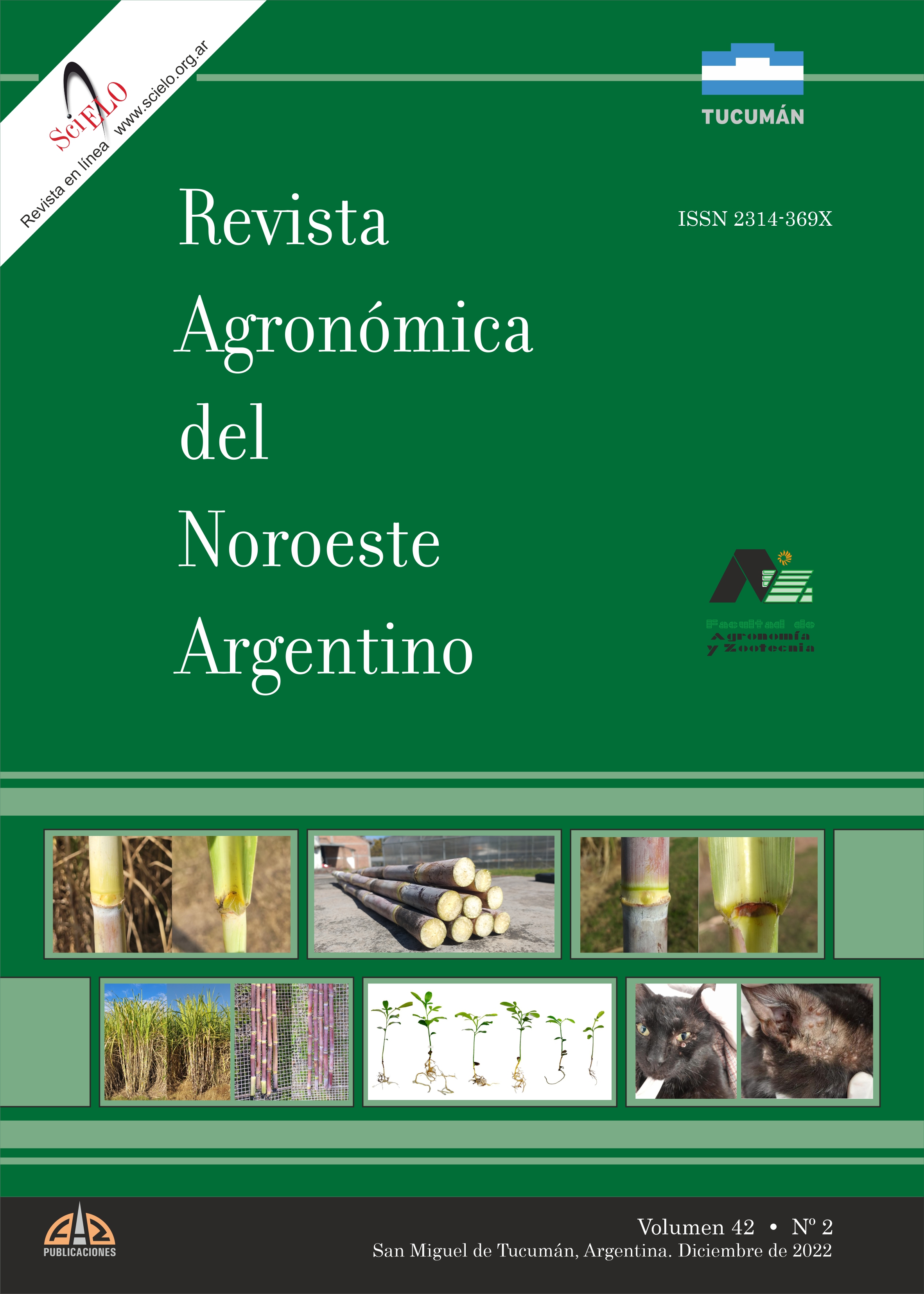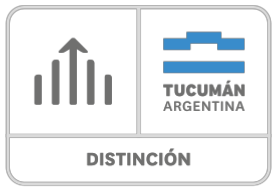Biocontrol of the fungal pathogen Colletotrichum acutatum in strawberry plants mediated by Azospirillum argentinense REC3 and its flagellar protein AzFlap
Keywords:
Anthracnose, Disease Severity Index, MAMP, PGPBAbstract
Strawberry (Fragaria ananassa Duch.) is an intensive crop demanding high quantities of fertilizers and pesticides, mainly to prevent yield loss due to pathogens caused diseases. When applied in excess, agrochemicals could damage the environment. Therefore, looking for alternatives to reduce partially the amounts of agrochemicals applied is of great interest nowadays. In this work, we demonstrate that the application of Azospirillum argentinense REC3 and its flagelline AzFlap on strawberry plants allow bicontrol of the disease Anthracnose, caused by the fungus Colletotrichum
acutatum M11. This was confirmed by the reduction of the disease severity index and the area under disease progress curve excerted by REC3 and AzFlap on strawberry plants.
Downloads
Published
Issue
Section
License
Copyright (c) 2022 Revista Agronómica del Noroeste Argentino

This work is licensed under a Creative Commons Attribution-NonCommercial-ShareAlike 4.0 International License.









